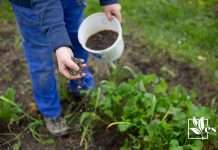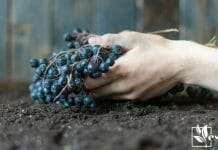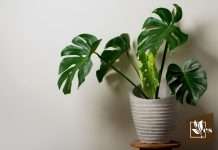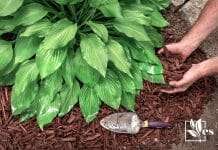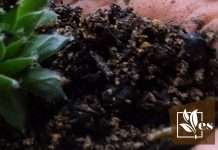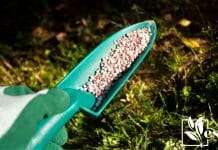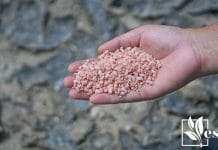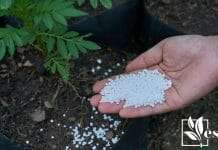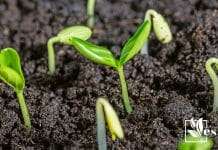After the vibrant blooms of daffodils fade, it’s the perfect time to think about what to plant next in your garden to ensure continuous color and texture. It can be quite disheartening to see the once lively area become bare as the daffodils die back. However, this is actually an opportune moment to introduce new plants that thrive in the growing conditions left behind by these early spring flowers.
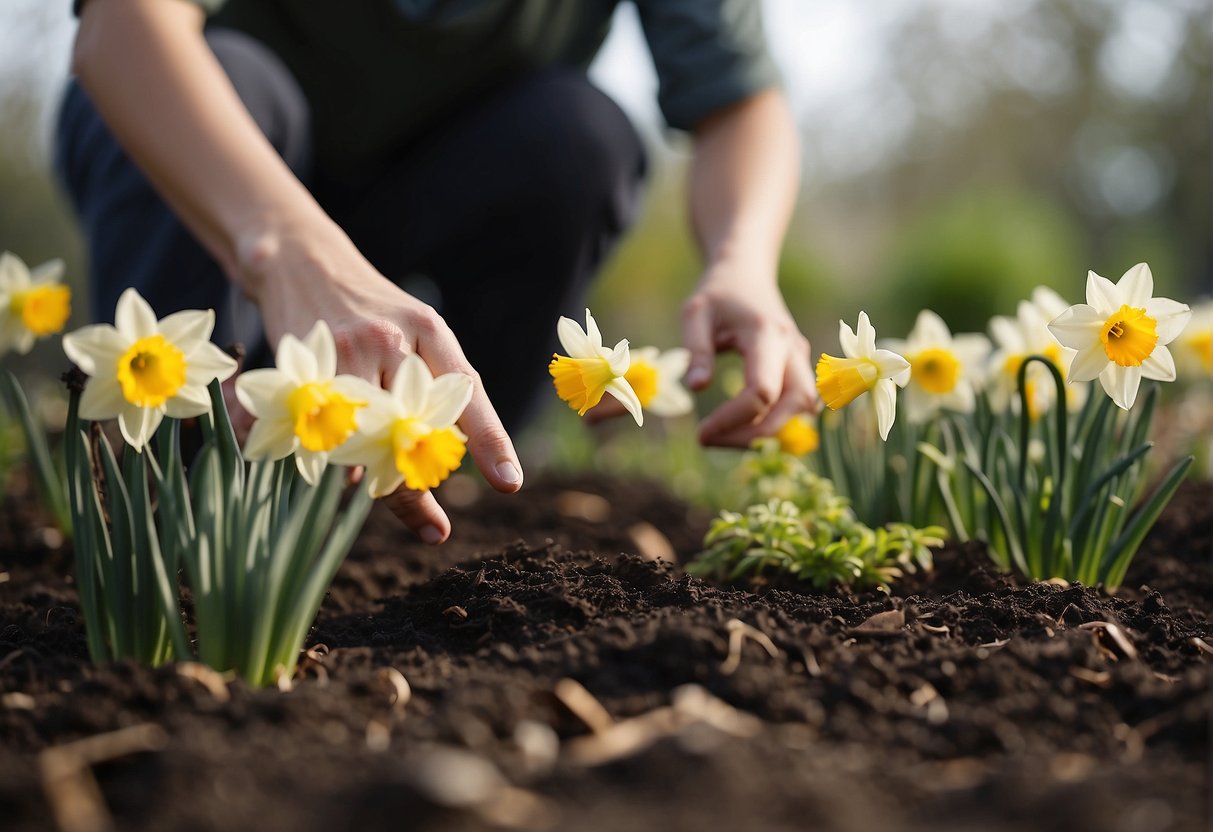
I usually select perennials and annuals that begin growing when daffodil foliage starts to die back, such as daylilies and peonies, which can help cover up dormant daffodil foliage and maintain the garden’s appeal.
In my experience, choosing the right companions for daffodils involves considering bloom time, light requirements, and the visual aesthetics of the plants. Pairing daffodils with later-blooming plants ensures that as one plant goes dormant, another takes over, creating a seamless transition in the garden. It is essential to select plants that won’t interfere with the daffodils’ growth cycle, allowing them to rejuvenate and bloom again the following year.
After daffodils have finished blooming, selecting complementary flowers that bloom in succession ensures a continuous display of color in the garden.
JUMP TO TOPIC
Selecting and Preparing Your Blooms
In planning a garden, my aim is to maintain a sequence of blooms. Once the daffodils have faded, I prefer to choose bulbs and plants that can utilize the same space and provide ongoing attractiveness.
Choosing the Right Bulbs
When my daffodils retreat, I find tulips to be ideal successors. They offer a diverse palette of colors such as pink, white, and orange, and they can match or contrast the yellow hues of the daffodils. It’s essential to confirm that the chosen bulbs are suitable for the local climate and the specific garden conditions they will be grown in. I focus on selecting varieties that reach different heights to create a layered effect in the garden.
| Flower | Color Varieties | Height Range | Ideal Succession After Daffodils |
|---|---|---|---|
| Tulips | Pink, White, Orange | Short to Tall | Yes |
| Other Bulbs | Varies | Varies | Choose According to Bloom Times |
Understanding Bloom Times
Bulbs like tulips have distinct blooming times, which can be early, mid, or late spring. I ensure that the bulbs I plant will bloom right after daffodils to avoid gaps in blooming. Careful selection can extend the vibrancy of the garden even after daffodil blooms have ceased.
- Early Spring: Daffodils
- Mid-Spring: Tulips
- Late Spring: Other selected flowers
Soil Preparation and Sunlight
The soil left behind by daffodils is usually fertile, but I always incorporate fresh compost or well-rotted manure to nourish the bulbs I am planting next. It is critical to provide well-draining soil to prevent bulbs from rotting. Sunlight requirements vary, but I make sure to plant my successive bulbs in a location that receives ample sunlight to ensure healthy blooming.
Tulips: Full sun to partial shade.
Planting Techniques and Maintenance
In my gardening practice, I pay close attention to the planting techniques and maintenance to ensure the success of new plants after the daffodils have finished their bloom.
The Planting Process
When I plant after daffodil foliage has died back, it’s important to avoid disturbing the daffodil bulbs. I carefully choose companion plants—ones that enjoy the same well-drained soil and spring sunshine that daffodils thrive in. My go-to favorites often include daylilies and salvia, which come in to fill the space and keep the garden lively as the daffodil leaves yellow and die back.
Watering and Fertilizing
I maintain even moisture for the new plants while being mindful that daffodil bulbs do not sit in waterlogged conditions, which can cause them to rot. 🌱 Watering is reduced during the dormant season of both plants to prevent over-watering.
For fertilization, I use a granular bulb fertilizer in early spring when daffodil shoots appear. Post-bloom, I apply a general-purpose fertilizer to support the new plants’ growth.
Common Pests and How to Protect Your Plants
To protect my plants from common pests like rabbits and squirrels, I employ a few strategies. I may use physical barriers such as chicken wire around the garden bed, or I might sprinkle blood meal around the plants as a natural deterrent. I also keep an eye out for insects and treat any infestations promptly with appropriate remedies.
It’s vital to avoid chemical pesticides close to daffodil bulbs, as they can harm these and surrounding plants.
Creating a Seasonal Landscape
When my daffodils fade, I like to ensure my garden retains its beauty throughout the year. Here’s how I design a landscape that transitions smoothly from one season to the next.
Incorporating Annuals and Perennials
I find that mixing annuals and perennials is key to maintaining color and interest in my garden after daffodils have bloomed. Annuals such as pansies and marigolds provide immediate color, whereas perennials offer recurring beauty year after year. I often plant grape hyacinths which bloom slightly later than daffodils; their vibrant purple hues complement the yellow of the early spring bloomers beautifully.
Designing for Continuous Blooms
My gardening strategy includes choosing plants that bloom at different times to extend the flowering season. For instance, peonies bloom in late spring, offering a fresh wave of color as daffodil foliage begins to die back. Hyacinth can bridge the gap with its fragrant flowers in early to mid-spring. I also consider sunlight requirements to ensure that my plants have what they need to thrive; this often involves situating full-sun plants in open areas and those that need less in shaded parts of my garden.
Companion Planting for Aesthetic and Health
I use companion planting not only to enhance my garden’s aesthetic but to promote a healthy ecosystem. Tall, later-blooming plants can mask the fading foliage of spring bulbs, while herbs and flowers like lavender attract beneficial pollinators. I’ve observed that companion planting can deter pests, reducing the need for chemical treatments. For the best results, I place companions with similar water and light needs together.
By adopting these approaches, I can enjoy a vibrant, ever-changing landscape that delights the senses all year round.



